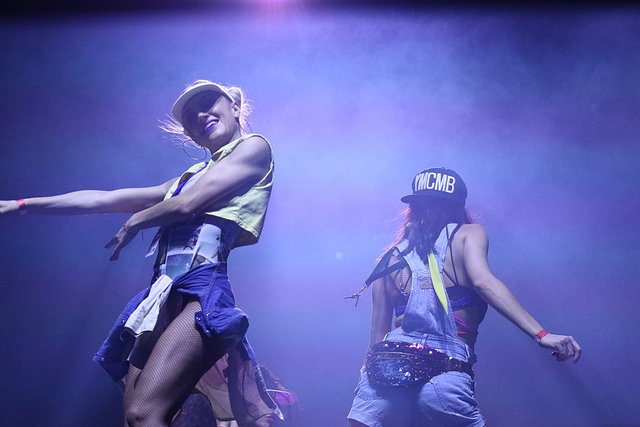Third part of Dance
I'm going to talk about Dance again :)
this is part 3:

Origins:
Archeological evidence for early dance includes 9,000-year-old paintings in India at the Rock Shelters of Bhimbetka, and Egyptian tomb paintings depicting dancing figures, dated c. 3300 BC. It has been proposed that before the invention of written languages, dance was an important part of the oral and performance methods of passing stories down from generation to generation. The use of dance in ecstatic trance states and healing rituals (as observed today in many contemporary "primitive" cultures, from the Brazilian rainforest to the Kalahari Desert) is thought to have been another early factor in the social development of dance.
References to dance can be found in very early recorded history; Greek dance (horos) is referred to by Plato, Aristotle, Plutarch and Lucian. The Bible and Talmud refer to many events related to dance, and contain over 30 different dance terms. In Chinese pottery as early as the Neolithic period, groups of people are depicted dancing in a line holding hands, and the earliest Chinese word for "dance" is found written in the oracle bones. Dance is further described in the Lüshi Chunqiu. Primitive dance in ancient China was associated with sorcery and shamanic rituals.
During the first millennium BCE in India, many texts were composed which attempted to codify aspects of daily life. Bharata Muni's Natyashastra (literally "the text of dramaturgy") is one of the earlier texts. It mainly deals with drama, in which dance plays an important part in Indian culture. It categorizes dance into four types – secular, ritual, abstract, and, interpretive – and into four regional varieties. The text elaborates various hand-gestures (mudras) and classifies movements of the various limbs, steps and so on. A strong continuous tradition of dance has since continued in India, through to modern times, where it continues to play a role in culture, ritual, and, notably, the Bollywood entertainment industry. Many other contemporary dance forms can likewise be traced back to historical, traditional, ceremonial, and ethnic dance.
source
Quote by Camille Pissarro:
"It is only by drawing often, drawing everything, drawing incessantly, that one fine day you discover, to your surprise, that you have rendered something in its true character."
Thank you for your time,
I will appreciate to read your warm comments,
Thank you
@mas.paza